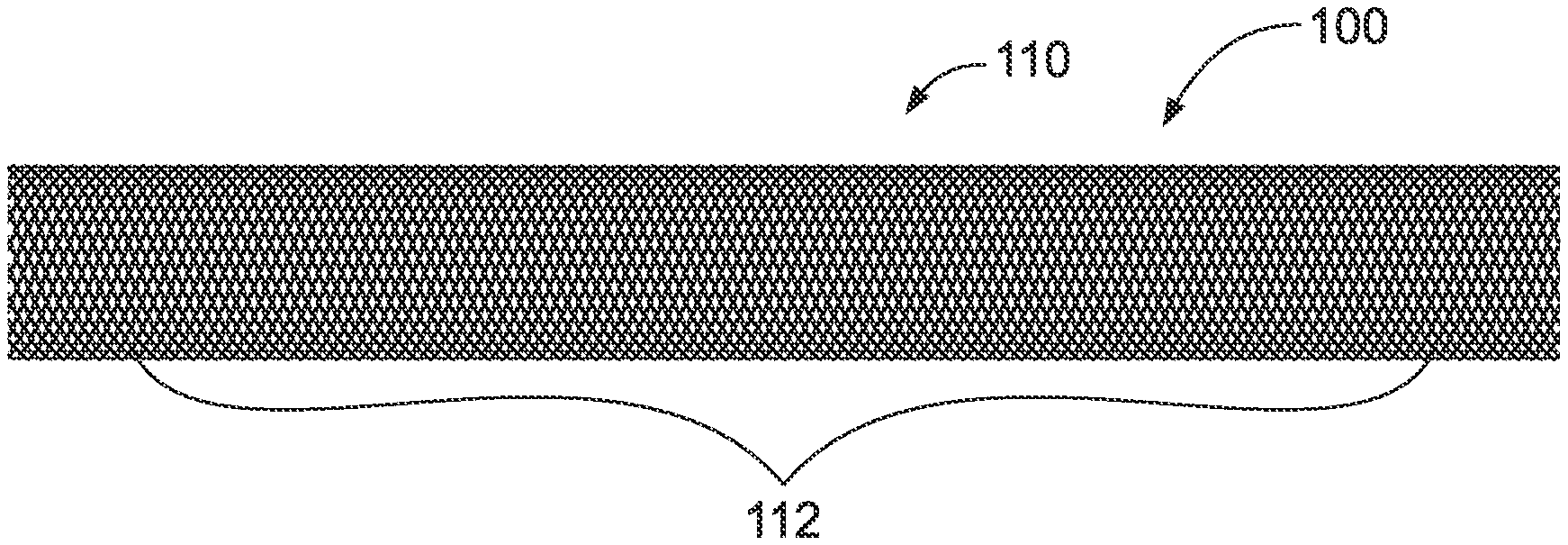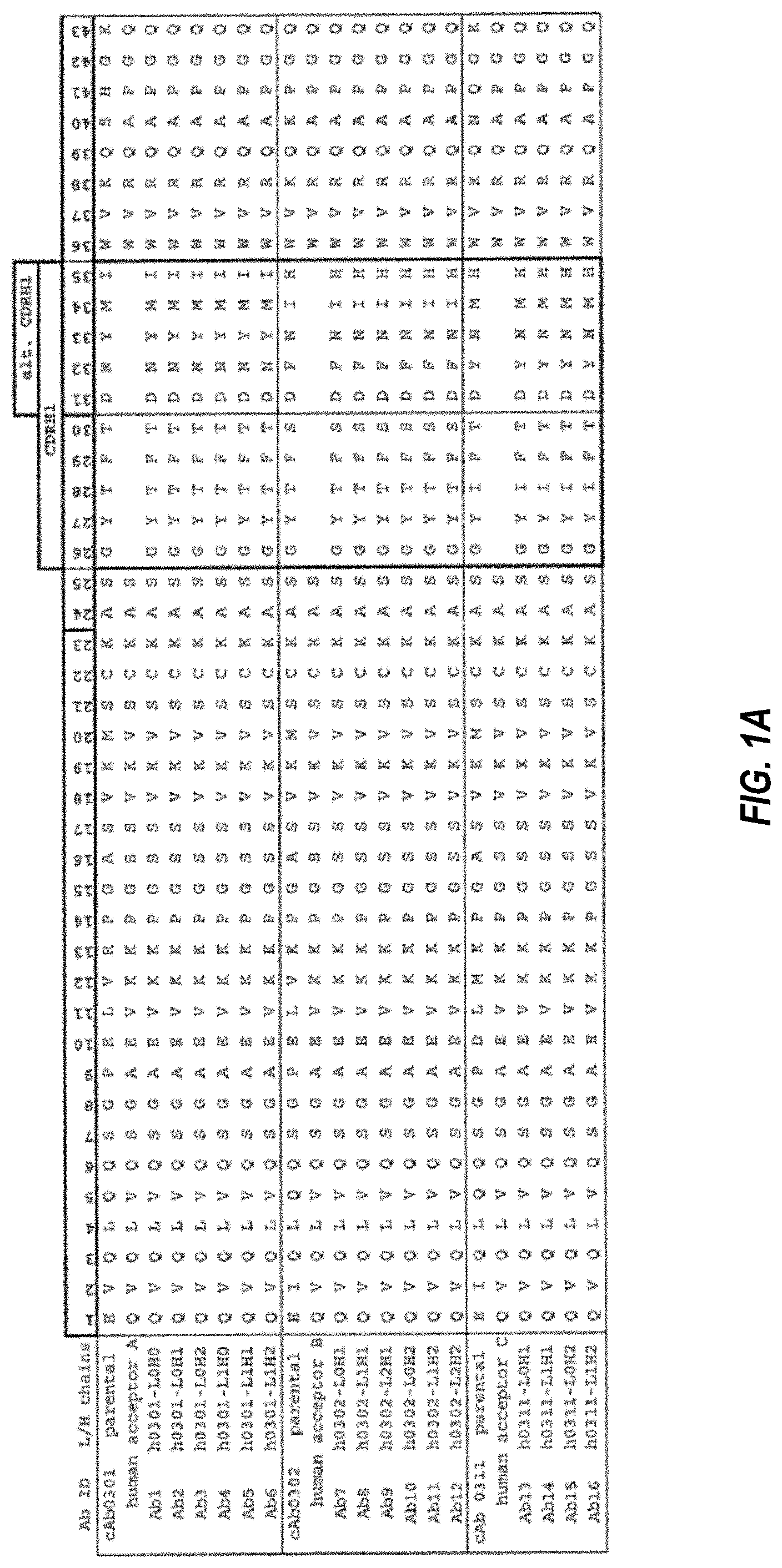Invented by Xiaodong Ma, Min-Shyan Sheu, Lincoln Eramo, John Wainwright, Junwei Li, Covidien LP
The global market for anti-thrombogenic medical devices and methods is expected to witness significant growth in the coming years. According to a report by Grand View Research, the market size was valued at $2.6 billion in 2020 and is projected to reach $4.9 billion by 2028, growing at a compound annual growth rate (CAGR) of 8.3%. This growth can be attributed to several factors, including the rising incidence of cardiovascular diseases, increasing geriatric population, and advancements in technology.
One of the key drivers of the market is the growing prevalence of cardiovascular diseases, such as coronary artery disease, stroke, and deep vein thrombosis. These conditions often require the use of medical devices to prevent or treat thrombosis. Anti-thrombogenic devices, such as stents, catheters, and prosthetic heart valves, are designed to reduce the risk of blood clot formation and improve patient outcomes. As the incidence of cardiovascular diseases continues to rise, the demand for these devices is expected to increase significantly.
Additionally, the aging population is another factor contributing to the growth of the market. Older adults are more susceptible to thrombosis due to age-related changes in the blood vessels and increased prevalence of comorbidities. As the global population continues to age, the demand for anti-thrombogenic devices and methods is expected to rise.
Advancements in technology have also played a crucial role in driving market growth. Manufacturers are constantly innovating to develop more effective and safer anti-thrombogenic devices. For instance, bioactive coatings, such as heparin or anti-platelet agents, are being used to enhance the biocompatibility of medical devices and reduce the risk of thrombosis. Furthermore, the integration of nanotechnology and biomaterials has led to the development of novel anti-thrombogenic surfaces with improved performance and durability.
However, the market for anti-thrombogenic medical devices and methods is not without challenges. One of the major concerns is the high cost associated with these devices, which can limit their accessibility, especially in developing countries. Additionally, regulatory requirements and the need for extensive clinical trials can pose barriers to market entry for new players.
In conclusion, the market for anti-thrombogenic medical devices and methods is witnessing significant growth due to the increasing prevalence of cardiovascular diseases, the aging population, and advancements in technology. As the demand for effective prevention and treatment options for thrombosis continues to rise, manufacturers and researchers are investing in the development of innovative anti-thrombogenic devices. However, challenges such as high costs and regulatory requirements need to be addressed to ensure widespread adoption and accessibility of these life-saving technologies.
The Covidien LP invention works as follows
The method includes applying a first phosphorylcholine material directly on the platinum or platinum alloy of the first filament and then applying a silane material to the second filament. The method involves applying a first material phosphorylcholine directly to the platinum or alloy of the first tube and then applying a material silane on the second tube, followed by a material phosphorylcholine on the silane on the second tube. Each of the first and second materials has a thickness less than 100 nanometers.
Background for Anti-thrombogenic Medical Devices and Methods
Aneurysms are areas of dilatation or weakness in the walls of the vasculature. Aneurysm ruptures can lead to hemorrhage or death. Aneurysms can be treated by excluding a weak part of the vessel. This exclusion can be achieved in several ways. For a cerebral aneurysm: (i), surgical clipping (a metal clip is placed around the base of aneurysm); (ii), packing the aneurysm using small, flexible coils (microcoils); and (iii), using embolic material to “fill” An aneurysm, (iv), using coils or balloons to occlude a parent vessel that supplies aneurysms; (v) intravascular staining including flow diverter therapy.
Stents are generally tubular prostheses which expand radially, or in other ways within a vessel lumen or vessel to provide therapy against obstruction. Stents can be of different constructions. These include balloon-expandable metal stents as well as self-expanding metal stents. “Stent-grafts” are also used. They include a tubular material that is supported by a metal stent.
Coatings are applied to medical devices in order to impart lubricious or anti-adhesive qualities and act as depots for the release of bioactive agents.” Coatings can be applied to medical devices with irregular or rough surfaces to prevent thrombus. These coatings may not adhere well to the substrate that was used to make the device, and delamination can occur in some cases.
According to certain embodiments of the present disclosure, there is provided a medical device, such as a stent, with outer layers that reduce the thrombogenicity. A medical device of this disclosure may include an expandable tube body with a plurality braided fibers that are configured to be implanted into a blood vessel. The braided fibres can be made of metals such as cobalt or nickel alloys and combinations of these metals.
Systems using medical devices of the current disclosure are also provided.” A system of the current disclosure may include a system to treat an aneurysm. This system contains a core assembled for insertion in a vessel. The core assembly has a distal section. An expandable tubular is carried by the distal segment of the core assembly.
The present disclosure also includes methods for treating medical conditions using the devices. A method of the disclosure may include a treatment of an aneurysm that has formed in the wall of a blood vessel parent. This method involves deploying the tubular device of a present disclosure into a parent blood vessel, so that the sidewall of the device extends across the neck of the aneurysm and causes thrombosis in the aneurysm.
In other embodiments, the method for treating an aneurysm in a blood vessel wall that is a parent vessel includes the deployment of a flow diverting metallic stent with a phosphorylcholine surface that is less than 100 nanometers thick in the parent vessel across the neck to treat the aneurysm. The patient may be prescribed a reduced anti-platelet protocol compared to that which would have been prescribed if a similar stent without the phosphorylcholine surface was
In other embodiments, the method for treating an aneurysm in the wall of a blood vessel parent of a patient involves deploying a flow diverting stent across the neck of the vessel aneurysm. At least a portion has a phosphorylcholine surface less than 100 nanometers thick so that the stent shows a peak concentration of thrombin that is less that 0.8 times that of an otherwise identical stent without the phosphorylcholine surface.
The subject technology, as an example, is illustrated according to the various aspects described below.” The subject technology is described in numbered clauses. For convenience, the following are numbered clauses (1, 2, 3, etc.). These examples are only for convenience and do not restrict the technology. Note that the dependent clauses can be combined into any combination and then placed in a separate independent clause. Other clauses may be presented similarly.
Clause 1. A medical device, comprising:
Clause 2. The medical device of Clause 1, wherein the phosphorylcholine is selected from the group consisting of 2-methacryloyloxyethyl phosphorylcholine, 2-acryloyloxyethyl phosphorylcholine, and phosphorylcholines based upon monomers such as 2-(meth)acryloyloxyethyl-2?-(trimethylammonio)ethyl phosphate, 3-(meth)acryloyloxypropyl-2?-(trimethylammonio)ethyl phosphate, 4-(meth)acryloyloxybutyl-2?-(trimethylammonio)ethyl phosphate, 5-(meth)acryloyloxypentyl-2?-(trimethylammonio)ethyl phosphate, 6-(meth)acryloyloxyhexyl-2?-(trimethylammonio)ethyl phosphate, 2-(meth)acryloyloxyethyl-2?-(triethylammonio)ethyl phosphate, 2-(meth)acryloyloxyethyl-2?-(tripropylammonio)ethyl phosphate, 2-(meth)acryloyloxyethyl-2?-(tributylammonio)ethyl phosphate, 2-(meth)acryloyloxypropyl-2?-(trimethylammonio)ethyl phosphate, 2-(meth)acryloyloxybutyl-2?-(trimethylammonio)ethyl phosphate, 2-(meth)acryloyloxypentyl-2?-(trimethylammonio)ethyl phosphate, 2-(meth)acryloyloxyhexyl-2?-(trimethylammonio)ethyl phosphate, 2-(meth)acryloyloxyethyl-3?-(trimethylammonio)propyl phosphate, 3-(meth)acryloyloxypropyl-3?-(trimethylammonio)propyl phosphate, 4-(meth)acryloyloxybutyl-3?-(trimethylammonio)propyl phosphate, 5-(meth)acryloyloxypentyl-3?-(trimethylammonio)propyl phosphate, 6-(meth)acryloyloxyhexyl-3?-(trimethylammonio)propyl phosphate, 2-(meth)acryloyloxyethyl-4?-(trimethylammonio)butyl phosphate, 3-(meth)acryloyloxypropyl-4?-(trimethylammonio)butyl phosphate, 4-(meth)acryloyloxybutyl-4?-(trimethylammonio)butyl phosphate, 5-(meth)acryloyloxypentyl-4?-(trimethylammonio)butyl phosphate, 6-(meth)acryloyloxyhexyl-4?-(trimethylammonio)butylphosphate, and combinations thereof.
Clause 3. “Clause 3.
Clause 4. “Clause 4.
Clause 5. The medical device of Clause 1 further comprises a layer of silane between the metal and phosphorylcholine.
Clause 6. The medical device of Clause 5, wherein the silane is selected from the group consisting of 3-glycidoxypropyltrimethoxysilane, 2-(3,4-epoxycyclohexyl)ethyl-triethoxysilane, 2-(3,4-epoxycyclohexyl)ethyl-trimethoxysilane, (3-glycidoxypropyl)trimethoxysilane, (3-glycidoxypropyl)triethoxysilane, 5,6-epoxyhexyltriethoxysilane, (3-glycidoxypropyl)methyldiethoxysilane, (3-glycidoxypropyl)methyldimethoxysilane, (3-glycidoxypropyl)dimethylethoxysilane, 3-isocyanatopropyltriethoxysilane, (isocyanatomethyl)methyldimethoxysilane, 3-isocyanatopropyltrimethoxysilane, tris(3-trimethoxysilylpropyl)isocyanurate, (3-triethoxysilylpropyl)-t-butylcarbamate, triethoxysilylpropylethylcarbamate, 3-thiocyanatopropyltriethoxysilane, and combinations thereof.
Clause 7. “Clause 7.
Clause 8. “Clause 8.
Clause 9. The medical device described in Clause 7, in which the phosphorylcholine or a copolymer or polymer thereof is chemically bound directly to the filaments of platinum or platinum alloy.
Clause 10. The medical device described in Clause 7, wherein phosphorylcholine or a polymer, copolymer, or derivative thereof is covalently bound to the platinum or alloy filaments.
Clause 11. The medical device described in Clause 7, in which the phosphorylcholine or a copolymer, polymer, or other derivative thereof is chemically bound to a silane on top of the cobalt chrome alloy filaments.
Clause 12. “Clause 12.
Click here to view the patent on Google Patents.







